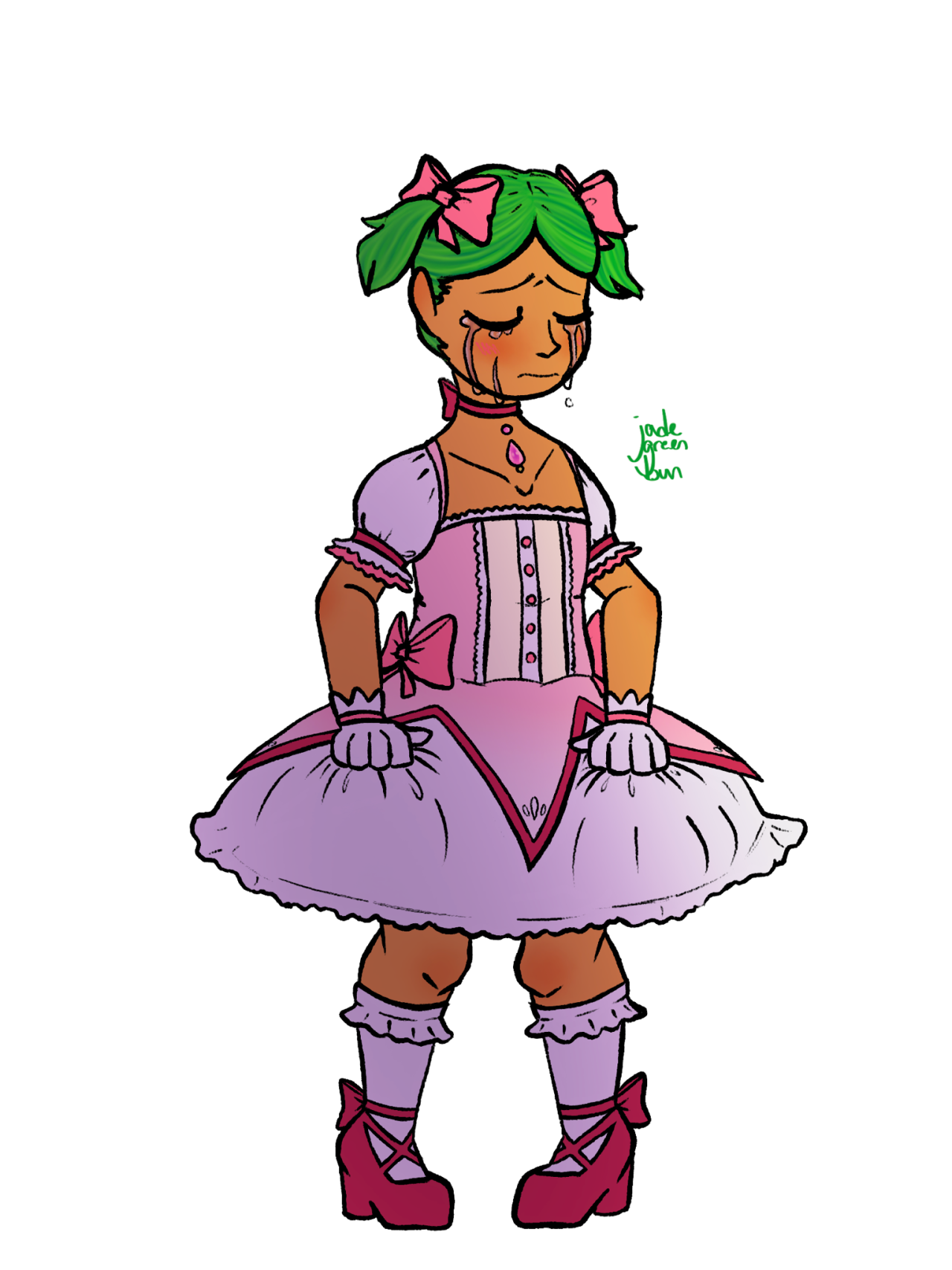
The drawback to the asari means of reproduction are the Ardat-Yakshi. As such, pairings with asari are sometimes seen as a way for a krogan to circumvent the Genophage and have children of their own. Additionally, pairings with krogan are not affected by the Genophage. Instead, the asari uses the meld to explore her partner's genetic heritage and pass desirable traits on to any offspring and as a "map" to randomize the genes of the offspring. The offspring resulting from such interspecies pairings are always asari as no DNA is taken from the partner. Mordin Solus postulates that the mechanism behind the asari's cross-species attraction may be neurochemical in nature.

#Asari mass effect mind meld skin
This may be because of shared physical characteristics (e.g., body shape for humans, skin color for salarians, head fringe for turians). Uniquely, the asari are known to be perceived as attractive to many other species. The offspring is always an asari, regardless of the species or sex of the "father" and in the case that the offspring is of two asari, the father is the one who does not give birth. Effectively, the asari and her partner briefly become one unified nervous system, sharing memories, thoughts, and feelings. A common phrase used before melding is "embrace eternity," presumably to help focus the partner's mind. During melding, the eyes of the asari initiating the meld dilate as she consciously attunes her nervous system to her partner's, sending and receiving electrical impulses directly through the skin, however physical contact is not strictly necessary. The second set of genes is altered in a unique process called melding, also known as the joining or the union. An asari provides two copies of her own genes to her offspring, one of which is passed on unaltered. However, asari reproduction is very different from other forms of sexual reproduction. Although they have one gender, they are not asexual and do in fact require a partner to reproduce. However asari gender is defined, they are innately different from humans, for asari can mate and successfully reproduce with any other gender or species through a form of parthenogenesis. Asari also bear feminine titles like “huntress” and “matriarch” and asari offspring are referred to as “daughters“, however the asari may have chosen feminine pronouns to simplify language translations. Even among the asari, many individual asari are referred to as “she” and “her“ but some asari prefer male pronouns, while others gravitate toward gender-neutral where language allows. To humans at least, asari appear female with feminine physical characteristics and voices. According to Liara, "male and female have no real meaning for us," and, if asked, says that she is "not precisely a woman." At the same time, asari are often viewed as an all-female race, including by the Codex and by the Galactic Codex: Essentials Edition 2183. Asari are a mono-gendered species with no concept of gender differences. There is some conflicting information regarding the gender of the asari. Asari can see ultraviolet at the short-wavelength end of the spectrum. This long lifespan is rivaled only by the krogan. Asari also have a robust cellular regenerative system while they do not heal faster than other species, they are known to reach over 1000 years of age. Asari have navels as well as breasts that continue to grow with age. These structures are rigid, and do not "flop around" as some believe.

In the place of head hair, asari possess semi-flexible, cartilage-based scalp-crests that grow into shape.

Some of these facial markings resemble the eyebrows that humans have, but the asari do not think of the markings as such themselves. Some asari, such as Matriarch Lidanya, Matriarch Benezia, Liara T'Soni, and Tela Vasir have facial markings, which are unique colored patterns that vary for every asari. A typical asari has a blue to purple complexion, though a teal complexion is possible albeit seemingly rare. This similarity allows asari to wear human armor. Asari resemble humans in terms of basic skeletal structure with five digits on each hand and feet that are relatively straight (certainly in comparison to species like quarians and turians).


 0 kommentar(er)
0 kommentar(er)
